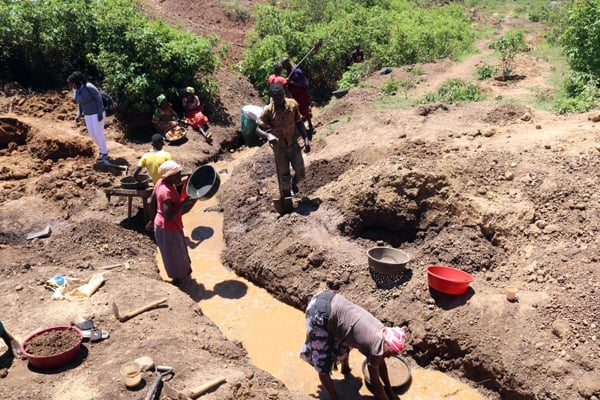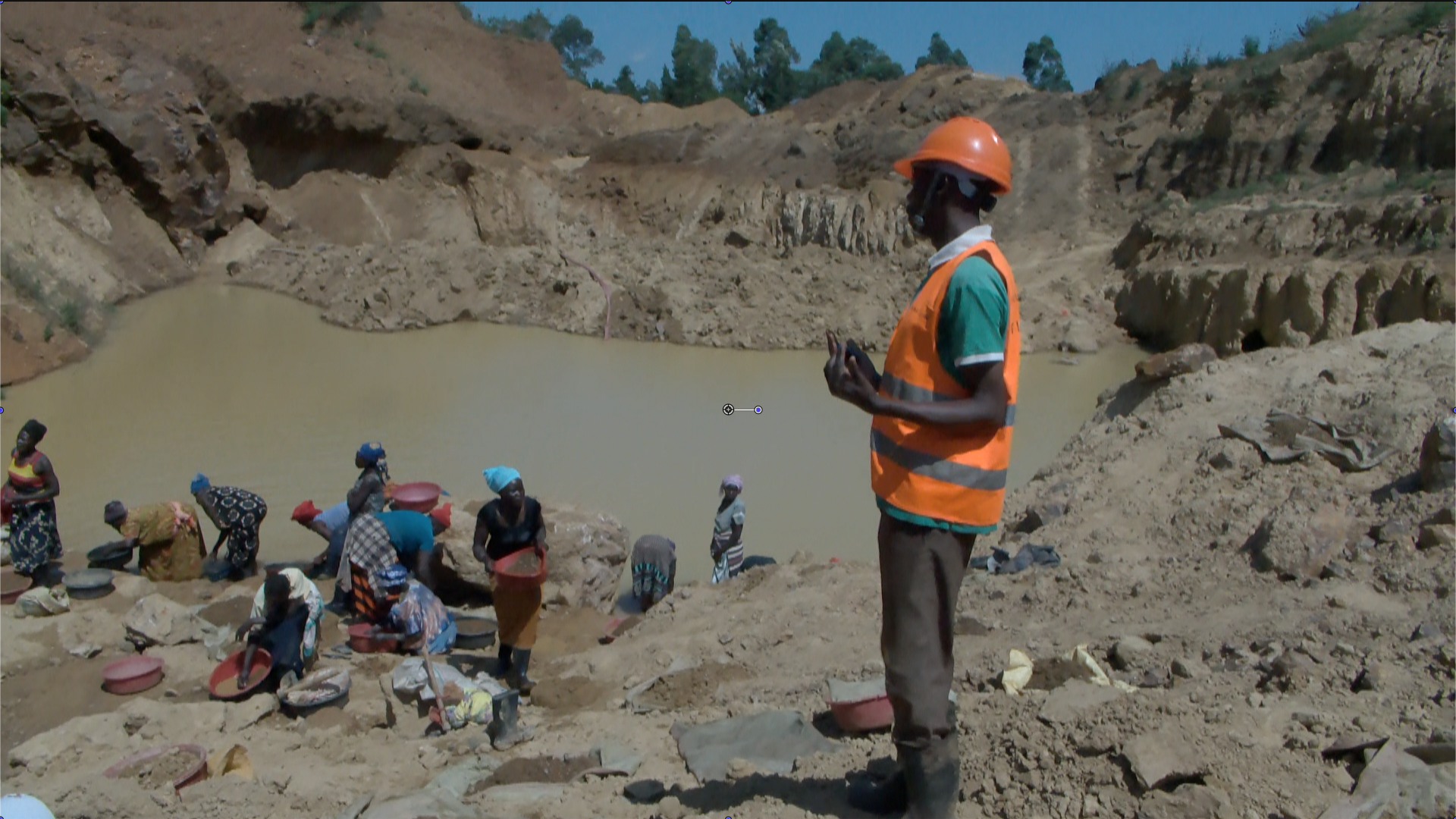Prime
Inside govt plan to revive lucrative mining industry

Artisanal miners search for gold in Tiira Village in Tiira Town Council, Busia District in 2019. Currently, formal mining accounts for a meagre 0.5 percent of total Gross Domestic Product. PHOTO/FILE
What you need to know:
- The recalibration of the mining sub-sector and establishment of the proposed Uganda National Mining Company, are among the major highlights of the Mining and Mineral Act 2022.
The government plans to rekindle and refocus the country’s multi-billion mining industry through the proposed Uganda National Mining Company (UNMC), the statutory body that will hold commercial interests in all active mineral licences.
The recalibration of the mining sub-sector and establishment of the UNMC, are among the major highlights of the Mining and Mineral Act 2022, which was assented to by President Museveni in October last year and gazetted in late December. UNMC will hold 15 percent free equity in all large and medium mining ventures, as well as have the right to pay up to 20 percent extra shares in the mining ventures at the commercial rate.
The new mining law, among others, repeals the old law of 2003, slaps weighty fines on offenders, who shall be required to pay fines ranging from Shs60m to Shs500m or serve imprisonment terms of between two and seven years or both, and introduces a competitive licensing regime for brownfields (existing mining projects) and retains first come, first served model for greenfields (new mining projects). The law also abolished the Mineral Protections Unit, which had reportedly turned into a cartel and allegedly used by the politically-connected to get away with illicit mining.
The plans to realign the mining sub-sector, detailed in the policy blueprint—National Development Plan III—as a key sector for downstream linkages for value-addition, and which earned the country millions of dollars between the 1920s and 1970s, when political instability intensified and prices for global commodity mineral started fluctuating, comes on the backdrop of recent discovery of more gold reserves in the districts of Buhweju, Mubende, Namayingo, Karamoja, Zombo, and Busia.
By 1965, mineral exports accounted for 14 percent of Uganda’s export earnings behind coffee and cotton. Today, formal mining accounts for a meagre 0.5 percent of total Gross Domestic Product and most minerals remain un[der]exploited and several sacred cows in government-run mining ventures behind the shadows.
In more discovery news, Energy minister Ruth Nankabirwa told journalists yesterday that more than 500 million tonnes of Rare Earth Elements have been estimated in eastern Uganda.
“The mineral[s] is one of the critical minerals the ministry is positioning to support the deployment of renewable energy. The reserves of high-quality vermiculite at Namekhara in Manafwa District, have subsequently increased from five million tonnes to the current 54.9 million tonnes,” she said.
Ms Nankabirwa said UNMC would get direct earnings, dividends, capital gains or other types of profits from operations and earn experience in managing and operating a mining company.
“Some of the main aims of establishing this national mineral company is to get improved oversight and monitoring of private sector partners and keep a closer eye on the mineral sector,” she added.
An inter-ministerial committee is currently looking into establishment of the company.
Ms Nankabirwa said they benchmarked on state-owned mining companies of Botswana, Namibia, Cameroon, Morocco, Tanzania, and Zambia.
Ms Nankabirwa said the new legal and regulatory framework will unlock the country’s mineral subsector’s potential to spur the much-sought-after economic development and transformation.
“It will also address the need for Uganda to comply with new and emerging trends in the global mining industry, including mineral traceability and certification, environmental, social and governance, and state participation.
State participation will go a long way to maximise the value that accrues to the country with the involvement of the UNMC.”
The new mining law further classifies mining licences into four thresholds based on the anticipated capital investment in the project.
ALSO READ: How new mining law will affect you
Artisanal mining licence is defined with investment below Shs388.2m, small scale mining licence up to investment of Shs19.4b, medium scale mining licence between Shs1.1b and Shs388b, and large-scale mining investment as one of more than Shs388b.
Foreign Direct Investments in the mining sector rose from Shs18b in 2003 to Shs3 trillion ($800m) in the Financial Year 2015/2016 on account of the proposed investment of $620m (Shs2.3 trillion) in the Osukuru comprehensive development project on the outskirts of Tororo Town at the Uganda-Kenya border by Chinese company Dongsong Energy Group Limited.
The development of Osukuru comprehensive development project, one of President Museveni’s pet projects, whose first phase comprising of a fertiliser plant and brick factory and second phase was to encompass among others a steel plant and iron ore processing plant, has since come to a grinding halt.
Some of the minerals in Uganda
Uganda is endowed with several minerals spread across parts of the country.
Copper-Cobalt in Kilembe, Kasese and Mbarara districts, and Karamoja Sub-region; Beryllium in Kazumu in Ntungamo, Mutaka in Bushenyi, Bulema in Kanungu, and Ishasha in Rukungiri; Wolfram in Rubanda and Kabale districts; Uranium among the Osukuru carbonatite complex in Tororo District.
The country also has sizeable deposits of industrial base metals, including Diatomite near Packwach and Nebbi districts, Gypsum in Kibuku and Ntoroko districts, and limestone and Marble resources in the Lake George Basin at Hima, Kasese, among others.




